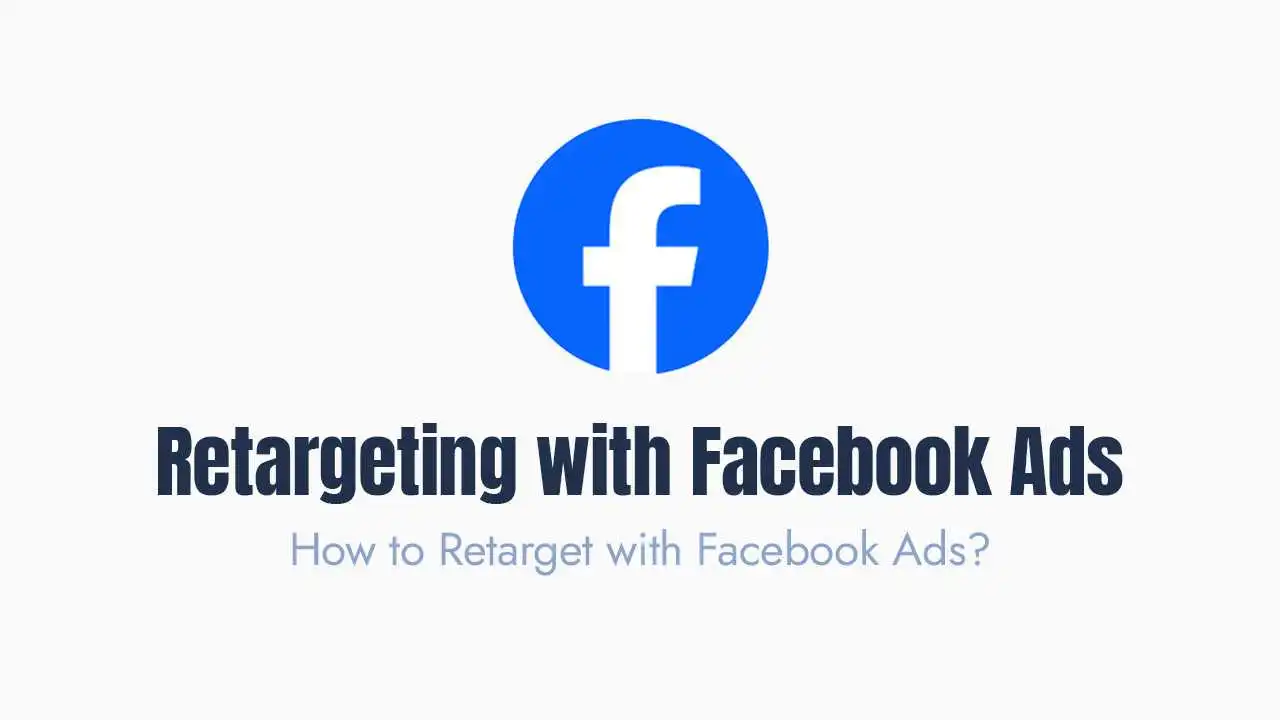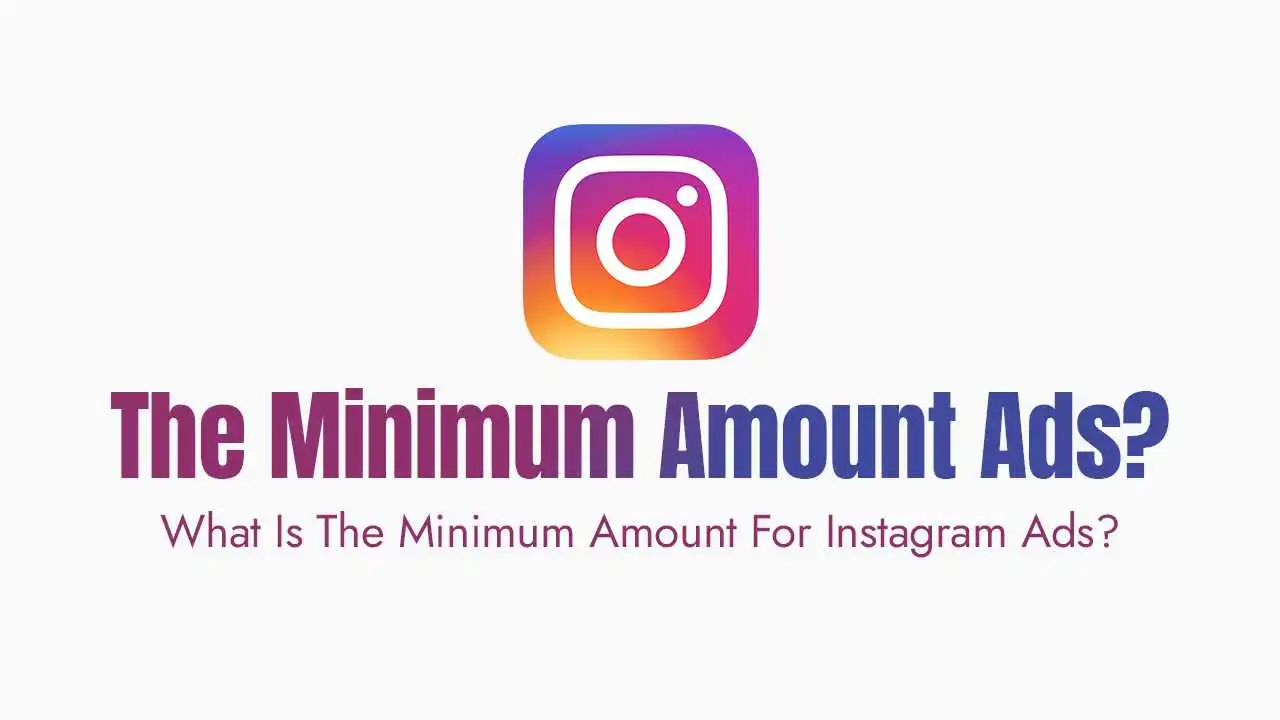The harsh truth of digital marketing is that only 2% of website visitors convert on their first visit. The remaining 98% are not a loss; they are a massive, untapped revenue stream waiting for your retargeting campaigns.
This definitive guide will transform your approach to Facebook retargeting, showing you how to build a dynamic, high-converting funnel that brings potential customers back to complete their purchase and maximizes your Return on Ad Spend (ROAS).
The Psychology of The Second Chance:
Retargeting’s effectiveness isn’t magic—it’s applied psychology. Leverage these three principles to make your ads stick:
1. The Mere Exposure Effect:
People prefer things they’ve seen before. For optimal results, aim for 3–7 ad exposures per user to build familiarity without causing fatigue.
2. The Zeigarnik Effect:
The brain remembers uncompleted tasks better than completed ones. Use compelling ad copy like, “Finish what you started: Your items are waiting!” to tap into this powerful urge.
3. Social Proof & Urgency:
Leverage the fear of missing out. Highlight customer success with ads like “Join 1,200 customers who bought this week!” to build instant trust and urgency.
Phase 1: Precision Audience Building
The first step is moving beyond generic audiences and creating hyper-segmented groups based on specific user intent.
1. High-Intent Segments (Highest Priority):
Cart Abandoners:
Users who added products but didn’t check out. Target them immediately with an incentive, such as a limited-time free shipping offer.
Product Page Viewers:
Users who showed interest in a specific item. Utilize Dynamic Product Ads (DPAs) to automatically show them the exact products they viewed.
2. Mid-to-Low-Intent Segments (Nurturing):
General Website Visitors:
Anyone who visited but didn’t view a product page. Focus on brand reminder ads and core value propositions.
Engagement Audiences:
Users who watched 50% or more of your video content or engaged with your Facebook/Instagram profiles. Target them with low-barrier-to-entry offers (e.g., a relevant content download or simple discount).
Crucial Setup: Ensure your Facebook Pixel is correctly installed and firing for all key conversion events. Always create an Exclusion Audience of recent purchasers to avoid wasting budget and annoying new customers.
Phase 2: The 3-Stage Retargeting Funnel
Don’t show the same ad for 30 days. Sequence your messaging to match the user’s decreasing window of memory and increasing need for a strong offer.
| Stage | Duration (Post-Visit) | Objective & Ad Strategy | Example Message |
| Awareness | 1–2 Days | Jog their memory. Use a simple, vibrant brand-reminder ad. | “Loved our products? Here’s what you missed!” |
| Consideration | 3–7 Days | Build trust and value. Use social proof and User-Generated Content (UGC). | “10,000+ customers love this product! See why.” |
| Conversion | 8–30 Days | Force the decision. Introduce a strong, time-bound offer to close the sale. | “Last chance! 15% off expires tonight. Complete your order now.” |
Advanced Funnel Strategies:
Win-Back Campaigns:
Target lapsed customers (e.g., those who haven’t purchased in over 90 days) with a steep discount or new product announcement to rekindle the relationship.
Cross-Sell/Upsell Retargeting:
Target recent buyers (within the last 7-30 days) with complementary products that boost their Average Order Value (AOV).
Case Study in Action: One electronics retailer used this exact funnel structure to successfully recover 28% of abandoned carts and increased their average order value by 19% through focused cross-sell retargeting.
Phase 3: Ad Creative That Demands Attention
Your creative must be compelling enough to break through the noise.
1. High-Converting Formats:
Dynamic Product Ads (DPAs):
An absolute requirement for e-commerce. They automatically pull the exact product image, name, and price the user viewed, offering ultimate personalization.
Video Testimonials:
For high-ticket items, a 30-second customer success story featuring real people generates the highest engagement and credibility.
Carousel Ads:
Ideal for showing multiple abandoned items or for a “Complete Your Look” message featuring complementary products.
2. Copywriting Formulas That Convert:
Problem-Agitate-Solve (PAS): “Struggling with [pain point]? We’ve got the solution. Try risk-free today.”
Scarcity + Urgency: “Only 3 left! Complete your purchase before it’s gone.”
Social Proof + Offer: “Join 5,000+ satisfied customers. Use code welcome10 for 10% off.”
Phase 4: Budget Allocation & Optimization
Successful retargeting requires a budget strategy that prioritizes intent. Don’t treat all visitors equally.
Recommended Budget Split (Focus on Intent):
| Audience Segment | Budget % | Rationale |
| Cart Abandoners | 40% | Highest Intent: They are one click from buying. Allocate the most budget here. |
| Product Viewers | 30% | High Intent: They viewed specific items. Nudge them with personalization (DPA). |
| General Visitors | 20% | Lower Intent: Use this to build frequency and awareness over time. |
| Past Customers | 10% | Retention: Low-cost segment for upselling, cross-selling, and loyalty. |
Optimization for Peak Performance:
Frequency Capping:
Limit ad impressions to 3–5 per week per user. Too high leads to “banner blindness.” Set an automated rule to pause ads for users with a frequency greater than 7.
Creative Refreshes:
The best ads get stale. Rotate your creatives every 14-21 days to maintain engagement and prevent ad fatigue.
Dayparting:
Use your conversion data to increase bids during peak conversion hours (e.g., evenings) when your audience is most likely to purchase.
Common Retargeting Mistakes to Eliminate
Avoid these pitfalls to ensure your budget is spent effectively:
Failing to Exclude Converters:
Always exclude recent purchasers. Showing them an “X% Off” ad immediately after they paid full price is a poor customer experience.
Showing the Same Ad:
You must rotate 3–5 creatives per audience to combat banner blindness.
Retargeting Too Aggressively:
Showing ads too often or too soon can feel intrusive. Stick to your frequency cap to maintain a healthy brand image.
Key Performance Indicators (KPIs):
Monitor these metrics to measure profitability and identify areas for improvement:
Return on Ad Spend (ROAS):
Your retargeting campaigns should aim for a 4x or higher ROAS.
Click-Through Rate (CTR):
Retargeting typically achieves a CTR that is 2-3x higher than prospecting. A low CTR signals creative fatigue.
Frequency:
Keep this between 3 and 7 impressions per user.
Incremental Lift:
Use Facebook’s lift tests to prove how much additional revenue your retargeting generated beyond what would have occurred naturally.
Frequently Asked Questions (FAQs):
1. How long should my lookback window be for a retargeting audience?
The lookback window defines how far back Facebook should track user activity for inclusion in your audience (e.g., website visitors from the last 30, 90, or 180 days). A 90-day window is generally a good starting point for most retargeting audiences, as it balances the need for a sufficiently large audience size with the relevance of recent behavior. For high-intent audiences, like cart abandoners, a shorter window (e.g., 7 or 14 days) is essential to capture the interest while it is still hot. Conversely, for a low-intent “win-back” campaign targeting past customers, you might extend the window to 180 or even 365 days to capture a wider pool of lapsed buyers.
2. What is the main difference between retargeting and prospecting campaigns?
The primary distinction lies in the audience temperature and intent. Prospecting campaigns target “cold” audiences (people who have never interacted with your brand) with the goal of driving initial awareness and traffic to your site. These campaigns often have a lower Click-Through Rate (CTR) and higher Cost Per Acquisition (CPA). In contrast, retargeting campaigns target “warm” audiences (people who have already visited your site, viewed a product, or engaged with your content) with the goal of driving immediate conversion or nurturing interest. Because of the previous brand interaction, retargeting campaigns typically boast a significantly higher CTR and a lower CPA, making them crucial for efficiency and maximizing ROI.
3. Is it possible to retarget users across different devices (mobile and desktop)?
Yes, Facebook’s advertising platform is designed for cross-device retargeting and tracking, which is a major advantage. Facebook uses logged-in user data to connect the same person who visited your site on their mobile phone while commuting to the person who later logged in and made a purchase on their desktop computer at home. This capability ensures that your sequential messaging remains consistent regardless of the device the user is currently browsing on, allowing you to track the full customer journey and attribute the final conversion accurately, preventing wasted budget on users who have already converted elsewhere.
4. My retargeting ads are generating clicks but no conversions. What should I check first?
If you have a high Click-Through Rate (CTR) but a low conversion rate, the problem is usually not the ad creative or the audience targeting, but the landing page experience. First, ensure your ad messaging perfectly aligns with the landing page content (message match); for example, if your ad offers a “15% off” discount, that discount should be immediately visible on the landing page. Second, check the mobile performance of the page, including load speed and clarity of the Call-to-Action (CTA), as the majority of Facebook traffic is mobile. Finally, verify that your Facebook Pixel is correctly tracking the Purchase event on the confirmation page, as a tracking error will falsely report zero conversions.
5. How can I leverage CRM data for more effective retargeting?
You can leverage your Customer Relationship Management (CRM) data by creating Custom Audiences based on specific segments of your existing customer list. For example, you can upload a list of your highest Lifetime Value (LTV) customers to create an exclusion list for a standard discount offer, or conversely, create a special audience for a premium upsell campaign. Critically, you can also use your highest-value customer list to create a Lookalike Audience (as mentioned in the article), which tells Facebook’s algorithm to find new prospects who share the demographic, behavioral, and interest characteristics of your best existing customers.





